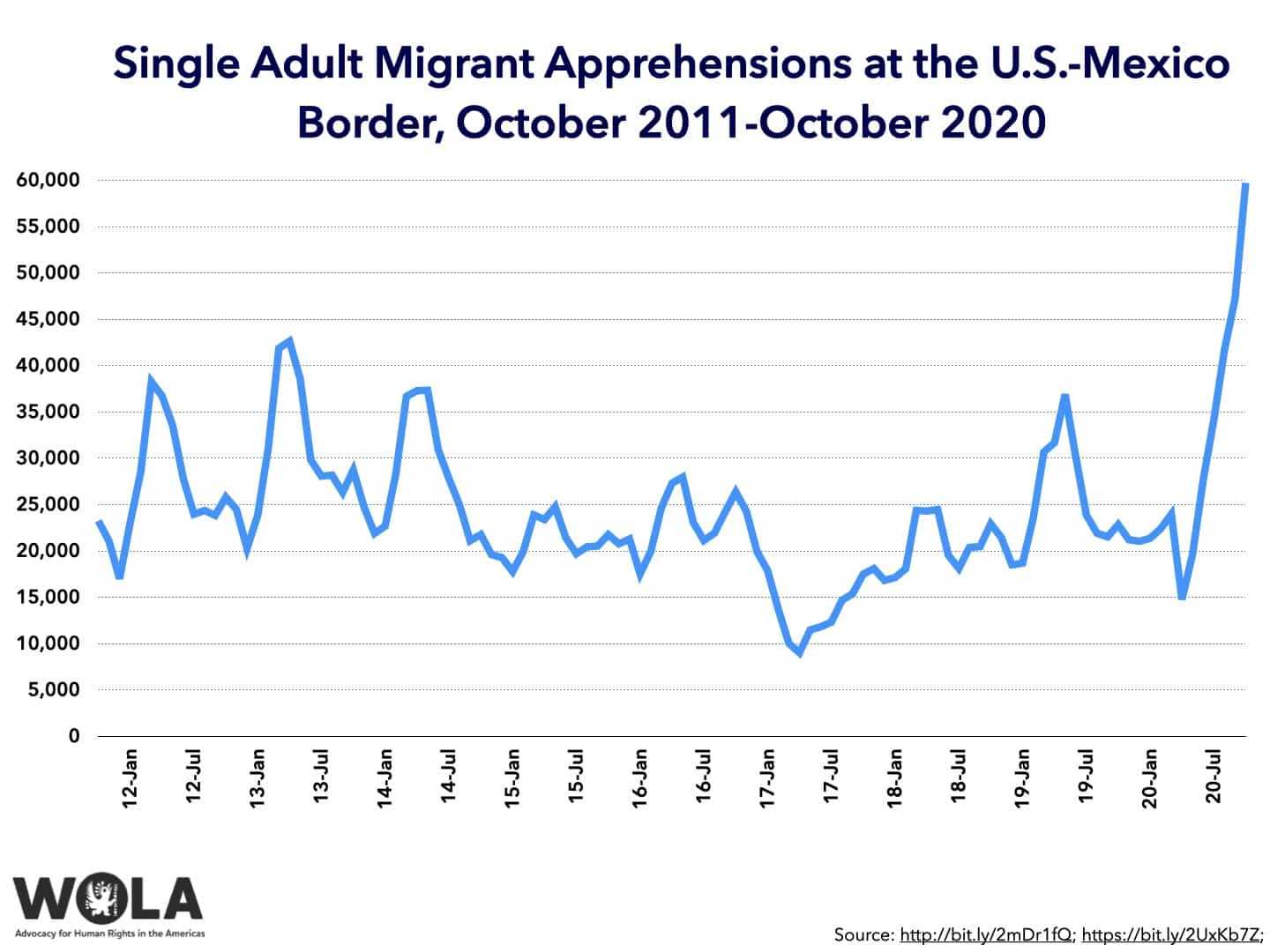Politics
White House Claims 95% Drop in Illegal Immigration Under Trump

WASHINGTON — In the wake of a significant policy change, the White House announced that daily encounters with illegal immigrants at the U.S.-Mexico border have dropped sharply since President Donald Trump took office, touting a claimed 95% decrease in illegal immigration. The assertion, made on social media platforms on February 15, emphasized the administration’s new hardline immigration policies.
The graphic shared by the White House positioned Trump against former President Joe Biden, stating that daily illegal alien encounters have declined from 20,086 during Biden’s last week to just 1,041 under Trump. Another graphic noted a 93% reduction in “gotaways,” people who crossed the border undetected, comparing 1,800 under Biden to just 132 under Trump.
However, experts have criticized the White House’s interpretation of the data as misleading. While there has indeed been a decrease in encounters, analysts argue that these figures may not be representative of long-term trends. In particular, measurements from just the first days of Trump’s term compared to Biden’s last week do not provide a complete picture, as immigration trends typically fluctuate due to various factors.
According to data provided by U.S. Customs and Border Protection (CBP), the actual decrease is closer to 60%, when comparing Biden’s last seven days in office to the daily average reported for Trump’s initial week. Furthermore, the White House has combined data from encounters that include both legal entries and illegal crossings, complicating the comparison.
“We need to look at these figures in context. They are not just about how many people crossed the border on a specific day; they are influenced by policies, circumstances, and seasonal factors,” said immigration expert Dr. James Wilkerson.
Under Biden, the ability to make appointments at ports of entry, as well as legal asylum applications, contributed to the higher numbers which the White House now contrasts with Trump’s approach. Trump’s policy of eliminating this program on the first day of his term has effectively changed how encounters are counted.
On January 29, Border Patrol Chief Michael Banks reported a 55% decrease in encounters between ports of entry, indicating there is a nuanced story behind the numbers being shared. This mirrors a historical pattern where illegal immigration spikes would often occur before administration transitions and fall sharply in the immediate aftermath.
Moreover, Trump’s administration is not solely responsible for the decline in migrant numbers. Political unrest, changes in economy, and weather conditions in home countries also play critical roles in migration decisions. For instance, experts noted that illegal immigration has dropped significantly since its peak last March, but various factors including governmental policies played a part.
Additionally, the White House’s claims regarding “gotaways” also faced scrutiny. Comparing daily statistics from a single week under Trump to an entire fiscal year for Biden skews the reality of the situation. The figures referenced from FY 2023 represent the highest levels of illegal immigration during Biden’s tenure.
The political landscape around immigration is convoluted, and the Trump administration’s attempts to further limit asylum claims and increase enforcement actions come amidst broader anxiety surrounding immigration policy. Recently, Trump has proposed a national emergency declaration and additional executive orders aimed at tightening U.S. borders.
“The numbers have fallen since last year, but at what cost?” questioned political analyst David Rios, emphasizing the moral and ethical implications of policies that impede an asylum seeker’s right to claim refuge.
With Congress debating future immigration spending and legislative solutions, the current administration continues to advocate for financial resources necessary to support its enforcement-driven strategy, which includes maintaining troop presence at the southern border and reallocating federal law enforcement resources to focus solely on immigration.












